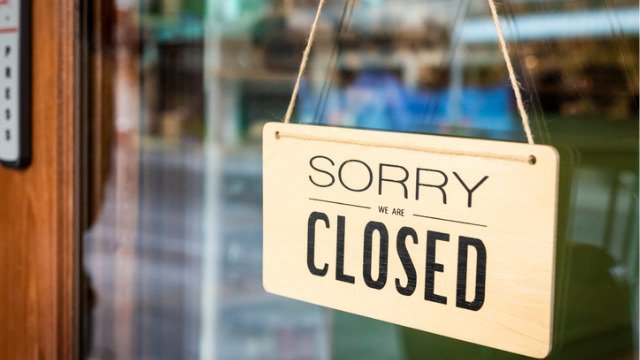
Customerization involves the process of learning about and, serving your optimal customers. It’s a shift from seller-oriented to buyer-oriented marketing that results in more personalized interactions for longer-lasting relationships. To succeed, it must be continuous, just like any successful customer relationship.
In retail automotive services, continuous customerization is particularly important for managing customer retention. That’s not only because it costs 7x more to acquire a new customer than to keep an existing one, but because it can be a key factor in identifying and closing new business opportunities resulting from those existing relationships. In this increasingly competitive market, understanding customer needs and taking action gives you a major advantage.
The customer data story
Anticipating and acting on customer opportunity, rather than just reacting, comes down to understanding customers through the story their data tells. It’s an ever-changing story, one where the automotive services provider should be present at every potential service marker.
You need to know who your customers are. Instead of three customers with three different vehicles, data can connect the dots to show that a household includes a husband, wife, and teenager. This connection offers all kinds of opportunities for analysis and marketing insights to better serve them. It also provides the opportunity to reach out and address their needs before they reach out to you.
You need to know their vehicle. If it’s a brand-new car, odds are, the owner will have it serviced at a dealership. But for mid-market automotive services customers with older cars, there are service opportunities that are up for grabs and so is hanging on to the relationship and the many future sales it represents. In the data sense, it’s often true that “you are what you drive.” And that can help providers zoom in on the most profitable customer relationships.
You can take advantage of “look-alikes.” Recognizing an individual customer’s data story will let you group other customers with similar stories, but it will also let you extend that knowledge to reach new groups that are likely to have similar needs. Think Amazon: “People who liked this, also liked that.”
With continuous customerization, analyzing and leveraging data can increase the value of the data and the relationships it represents exponentially.
Rising above commodity
To consumers, many automotive services may seem like a commodity, just a drive-by spot to get an inspection sticker, an oil change, new tires, etc. If the automotive services provider doesn’t really know the customer, many of these opportunities are lost and so are the opportunities to deepen the relationship. They just drive past you. But if the provider has followed the cadence of service, like oil changes, it can alert the customers to their vehicles’ needs. It will vary by miles driven, age, and condition of the vehicle, but by connecting the data points from earlier service, the provider can predict when that need will arise next, stepping ahead of competitors that may get that business for no better reason than convenience.
Unlike the passive role of a commodity, the provider uses continuous customerization to build a relationship with customers, one that they notice and learn to value. Recognizing customers and synching with them according to the timing of their needs create an interconnected relationship between the provider, the customer’s vehicle, and the customer.
Competing for loyalty
With so many options to choose from, retail automotive service customers need good reason to not just follow convenience and, sometimes, price. More than ever before, today’s empowered consumers are quick to jump from one competitor to another until their needs are met. Some never find a provider they want to “settle down with,” but in most cases they are looking for one. Relationships are easier: they become reliable and they make the customer feel recognized and appreciated. The opportunity is there.
“One size fits all” is a losing strategy now. New customers need a reason to come back, and a good experience tops the list. To nurture and grow that relationship — to effect continuous customerization — means capturing and leveraging the data so that you can deliver communications that are on target and unmistakably tailored to their needs. Winning their loyalty demands the type of attention to which they’ve grown accustomed in other industries.
The data is there — who they are, where they live, and all their predictable vehicle needs. It tells you everything you need to know to meet their demand for more relevant communications. But data means nothing without action; loyalty needs to be earned. Turning a consumer into a customer and nurturing that relationship means connecting with their lives, making their lives easier, and making them feel valued. Sometimes that also means thinking long and sacrificing some revenue with an offer that will ultimately pay off way past the initial minimal loss. Leveraging data lets the provider become strategic.
By putting continuous customerization to work, retail automotive services providers can identify the best approach to the highest return-on-investment relationships. They can follow the data to deliver the right message at the right time, often before customers ask. And they can pre-empt visits to a competitor in the process. The time to act is now – today’s empowered consumers demand the personalized experience of continuous customerization before awarding their business and their loyalty.

